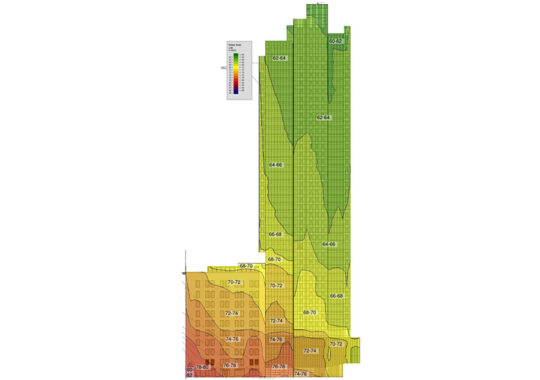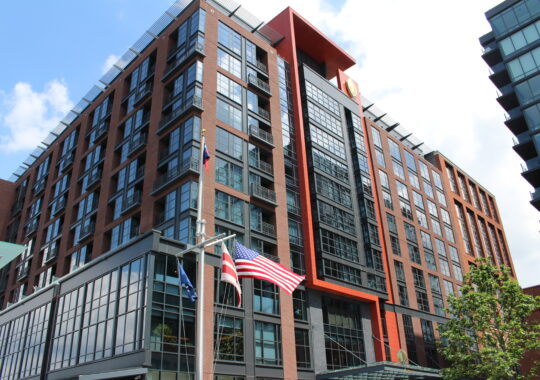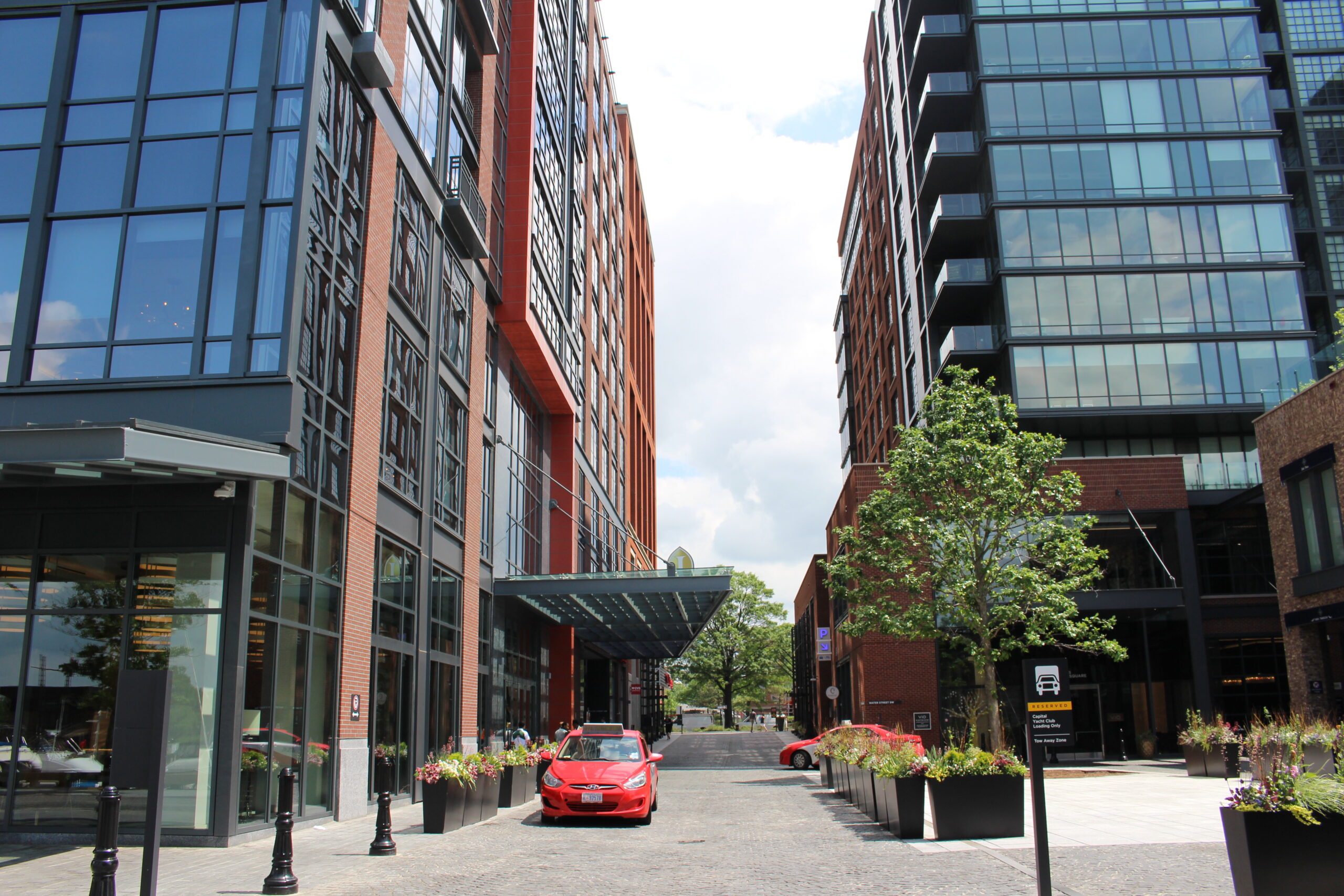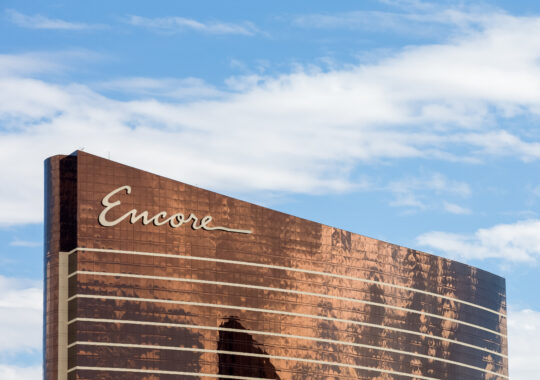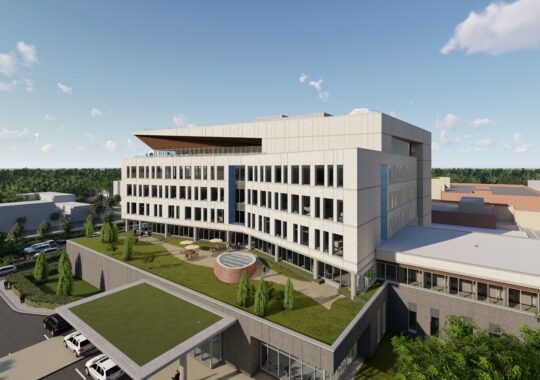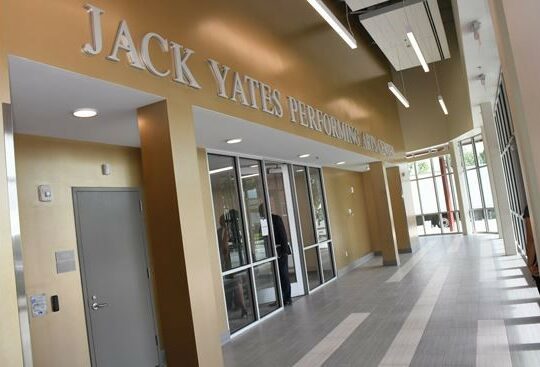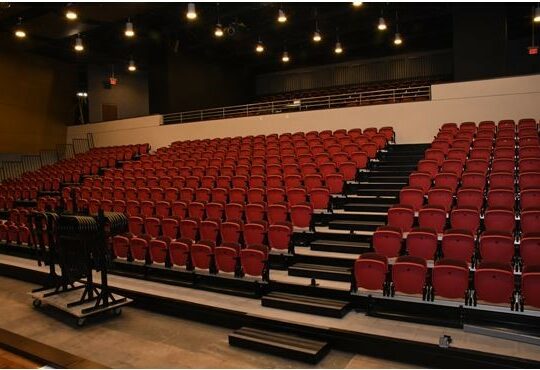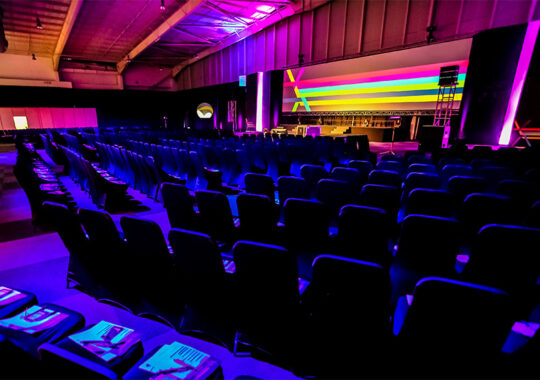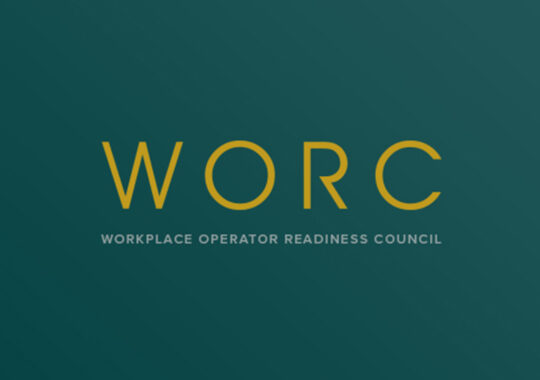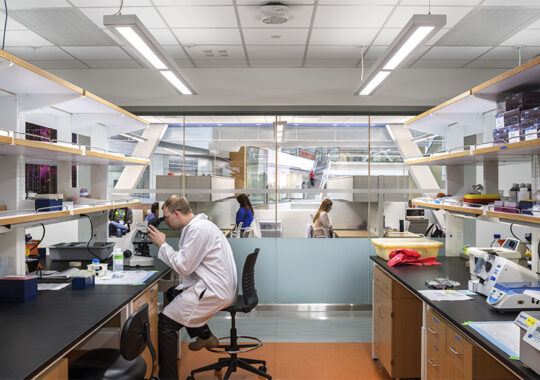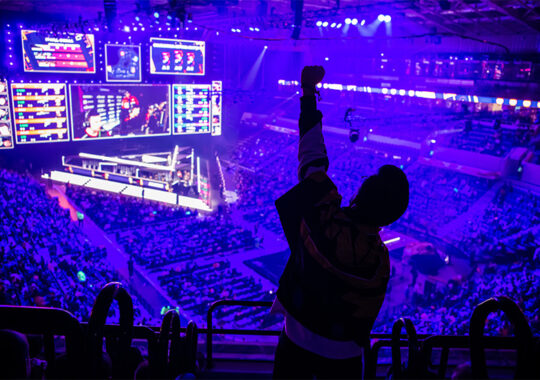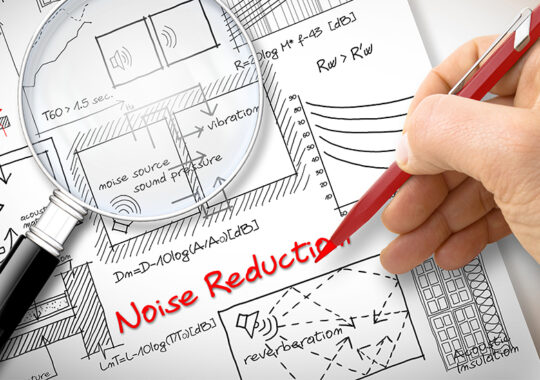As acoustical consultants, we get the opportunity to work on a large variety of projects with some amazing architects and clients. Because design trends evolve with the world around us, we are constantly learning new design trends and materials, analyzing how these elements affect acoustics. Our design solutions are not just functional from an engineering standpoint, but also take architectural, mechanical, and environmental acoustical elements into consideration. COVID-19 has added safety measures and new design practices to promote health in the places we work, live and play. Many are now evaluating how this pandemic will affect architecture practices, anticipating design changes and new norms. How does all this affect acoustics design? See our breakdown of popular destinations and acoustical considerations within them:
Healthcare Facilities
When you think of healthcare facilities who have remained open and operating at maximum capacity, acoustics is not necessarily the first element that comes to mind. However, a noisy hospital room or treatment area can add stress levels to those trying to heal or make critical decisions. This has been recognized by the Facilities Guidelines Institute, which provides certain minimum acoustical criteria for healthcare facilities. We must think about the front-line workers and the people they’re helping and design any temporary and permanent spaces to exceed these criteria.
Transportation & Outdoors
Many major metropolitan cities around the world have announced restrictions on the use of personal vehicles. More people are expected to walk or bike to their destinations than ever before. With less vehicular traffic providing a masking effect, other noises on the streets become more prominent and potentially bothersome. For instance, without typical traffic noises you are able to hear generators and mechanical equipment more easily. After adhering to stay at home orders, time spent outdoors is highly coveted. However, a noise environment could impede those from enjoying their time outside of the home or office. Accurate noise surveys and mitigation efforts bring in significant value to help make the most of time spent outdoors.
Restaurants
In an attempt to maintain distancing between patrons, restaurants now have lower seating occupancies for the unforeseeable future. For many customers, it may be the only opportunity to meet and catch up with friends and family, and a pleasant acoustical environment is essential to effortlessly carry out conversations. Have you ever been to a noisy restaurant where you could not hear anyone at your own table? Well-designed acoustics seamlessly integrated with the aesthetics of the establishment can drive the choice of restaurants for patrons in addition to the quality of food.
Offices and Work Environments
One of the largest changes from the pandemic has to be the shift from working in office settings to now working from home or remotely. Although many U.S. cities are opening up again, employees are hesitant to return to the workplace. Many firms are now contemplating generous remote working policies or reduced density of workers in offices through staggered shifts. Companies must provide their employees with a distraction-free environment where they can be productive to make best use of their limited time spent in office. With employees sitting at greater distances and separated by partitions as per CDC recommendations, they will certainly be less susceptible to distractions.
Entertainment Venues
It will be a while before we can comfortably visit entertainment venues for events like sports games or concerts. However, sporting venues can utilize their stadiums’ sound systems to amplify crowd noise to simulate a similar environment for the players. This is accomplished by using some smart acoustics and audio engineering techniques, without causing excessive noise levels in the neighborhoods. These techniques can also be employed to control noise from outdoor drive-in theaters, live music venues and any other potential noise sources.
It is important to realize that acousticians often rely on the audience to absorb sound and keep the reverberation under control during performances in enclosed spaces like concert arenas. Employing variable acoustics in spaces that are incorporated using the various means in our arsenal (drapes, variable panels, active sound systems) would prove to be invaluable for the performers as well as the audience for successful performances as social distancing causes venues to restrict the numbers of attendees.
Communication between acousticians and the various stakeholders to establish a clear vision for the spaces being designed is more important than ever. While we are not completely sure what our new normal looks like, it is important to keep acoustical considerations at the forefront of design in order to provide a comfortable, and acoustically-appropriate environment, no matter the space type. It is the responsibility of the acousticians to efficiently incorporate flexibility in the acoustical design of the spaces to satisfy the evolving needs of the users.

